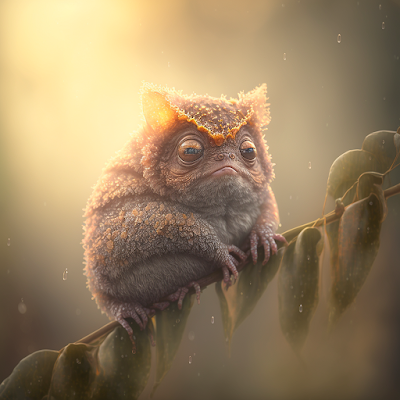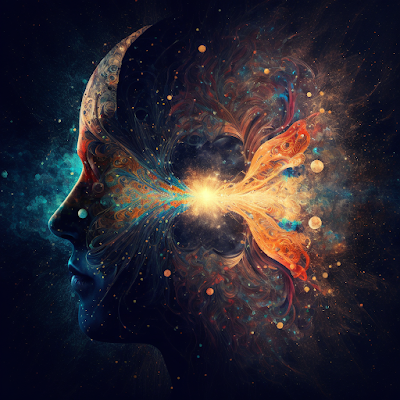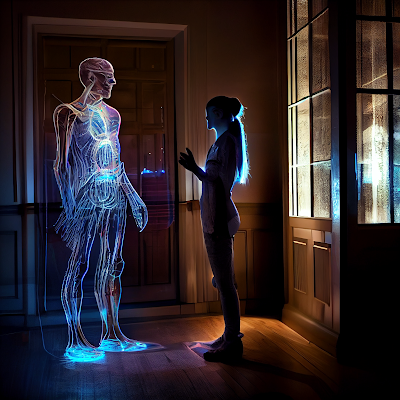The evolution of animals: What will they look like in the future?
Introduction
The world is
constantly changing, and as it does, so too do the animals that inhabit it.
With the ongoing impact of human activity, climate change, genetic engineering,
and artificial intelligence, it's impossible to predict exactly what the future
of animals will look like. In this blog post, we'll explore the factors that
will shape the appearance of animals in the future and discuss how we can
protect them from extinction.
Human Activity
Human
activity has a significant impact on the environment and the animals that live
in it. Climate change, pollution, and habitat destruction are all having a
major effect on ecosystems, and this is likely to continue. As a result,
animals may need to adapt to survive, with some evolving to be more resilient to
extreme temperatures or pollution, while others may shrink in size to conserve
energy.
Genetic Engineering
Advancements
in technology are making it increasingly possible to manipulate the genetic
makeup of animals to create new breeds with specific characteristics. Genetic
engineering can be used to create animals that are resistant to disease or can
better withstand harsh environmental conditions. Additionally, gene editing can
be used to reverse the effects of genetic disorders in animals, leading to
healthier, more robust populations.
Climate Change
As
temperatures continue to rise due to climate change, many species will need to
adapt to survive. Animals adapted to cold climates may need to migrate to new
areas to find suitable habitats, and coastal species may be forced to move
inland or adapt to living in saltwater environments as sea levels rise.
Artificial Intelligence
As robots
and machines become more advanced, they may be used to perform tasks that were
once done by animals, such as herding cattle or hunting for food. Scientists
may also create robots that are designed to look like animals and behave like
them, which could blur the lines between living creatures and machines.
Conclusion
The future
of animals is uncertain, but what's clear is that human activity, genetic
engineering, climate change, and the rise of artificial intelligence will all
play major roles in shaping the animal kingdom in the years to come. It's our
responsibility to protect them from extinction and help them adapt to changing
environments. As we continue to learn more about the world around us and make
new discoveries, the future of animals will become clearer. By working
together, we can ensure that the animal kingdom thrives in the future.















Comments
Post a Comment